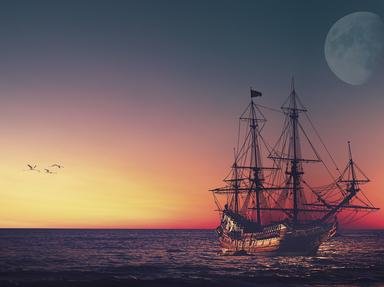Quiz Answer Key and Fun Facts
1. Which Carthaginian sailed through the Strait of Gibraltar and on southwards to the African coast?
2. Which Viking sailed from Norway westward and settled in Iceland around 874 AD?
3. Who sailed between 1330 and 1339 from Asia, reaching places nowadays known as Singapore, Darwin (Australia), Mindanao (Philippines) and Mogadishu (Somalia)?
4. Who discovered the Cape Verde islands and was appointed the first governor of these islands in 1462?
5. Which of the following did *NOT* complete the first circumnavigation (1519-1522)?
6. Which Spaniard is credited with having been the first European to see the Pacific Ocean?
7. Which of the following explorers tried to find a northwest passage and has a Canadian bay and island named after him?
8. Which of the following people sailed from North Russia to the east and landed in Alaska?
9. In 1888, Nellie Bly set out to travel the world in 80 days, as the novel by Jules Verne had described. Did she succeed in doing so within the 80 days?
10. Adrien de Gerlache sailed in 1897-1899 to Antarctica. What was the name of his ship?
Source: Author
JanIQ
This quiz was reviewed by FunTrivia editor
bloomsby before going online.
Any errors found in FunTrivia content are routinely corrected through our feedback system.
